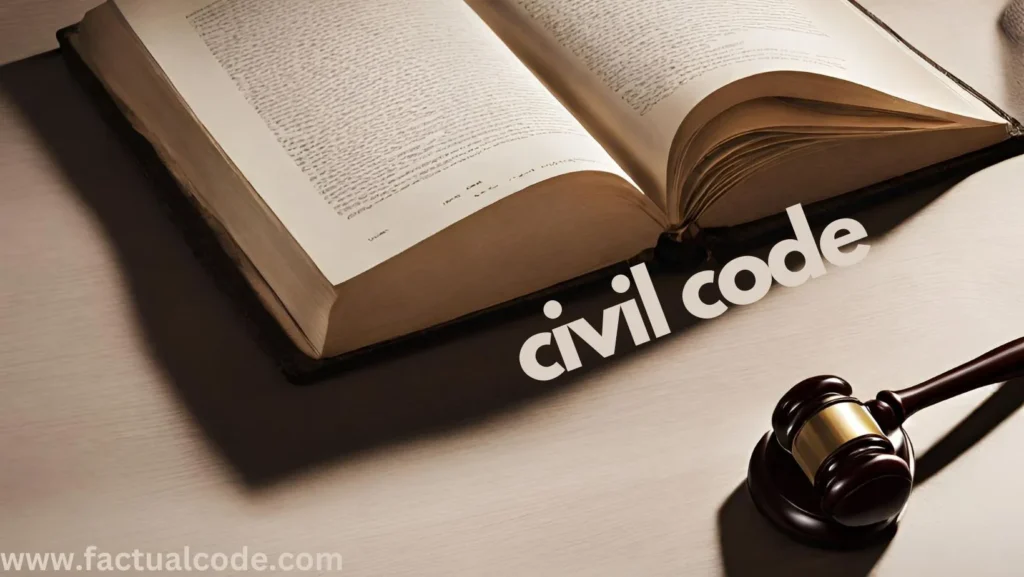Definition and Concept
Section 9 of the Limitation Act, 1963, enforces the continuous running of time, specifying that once the limitation period begins, it continues uninterrupted regardless of any subsequent disabilities.”Continuous Running of Time” pertains to limitation laws, where a legal action must be initiated within a set period from a triggering event, such as contract breach or personal injury. This concept ensures timely legal actions and imposes deadlines, with certain exceptions.
Applications and Exceptions
- Limitation Laws: Statutes establish deadlines for filing legal claims (e.g., two years for personal injury).
- Exceptions:
- Minority or Disability: Limitation period may pause for minors or incapacitated individuals.
- Fraud or Concealment: If an injury or breach was concealed, the limitation period may start on discovery.
- Force Majeure: Delays caused by unavoidable circumstances may allow time extensions.
Case Laws:
1. Karnataka Board of Wakf v. Government of India (2004)
In this landmark case, the Supreme Court of India outlined the essentials of adverse possession, emphasizing that mere long-term occupation is insufficient unless it is hostile, continuous, and to the exclusion of the rightful owner. The Court clarified that continuous running of time for 12 years (the limitation period under the Limitation Act) is essential for a successful claim of adverse possession.
2. State of Haryana v. Mukesh Kumar (2011)
This case further examined the doctrine of adverse possession, highlighting that continuous occupation over the statutory period can lead to the acquisition of ownership rights. The Supreme Court underlined that the principle exists as a way to encourage property owners to protect their rights and deter absentee ownership, reinforcing the need for the time period to be uninterrupted and notorious to the rightful owner.
3. Bhim Singh v. Zile Singh (2006)
This case clarified the application of continuous running of time in the context of prescriptive rights over an easement. The Supreme Court ruled that continuous and uninterrupted use of an easement over a period (usually 20 years under the Indian Easements Act) could establish an easement by prescription.
Practical Implications
The continuous running of time ensures that legal disputes are settled while evidence and testimonies are still fresh, enhancing the reliability of justice.
Conclusion
The continuous running of time in legal contexts enforces timely claims, helping to uphold judicial efficiency and procedural fairness. Exceptions are limited, ensuring predictability and finality in litigation and encouraging parties to act within prescribed periods.

